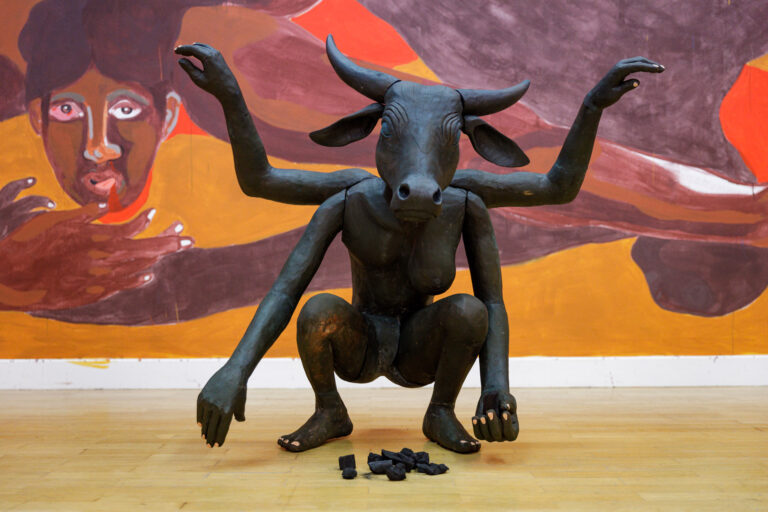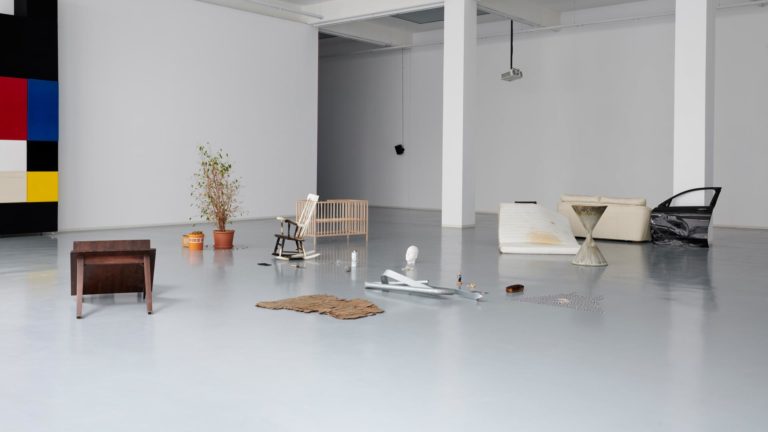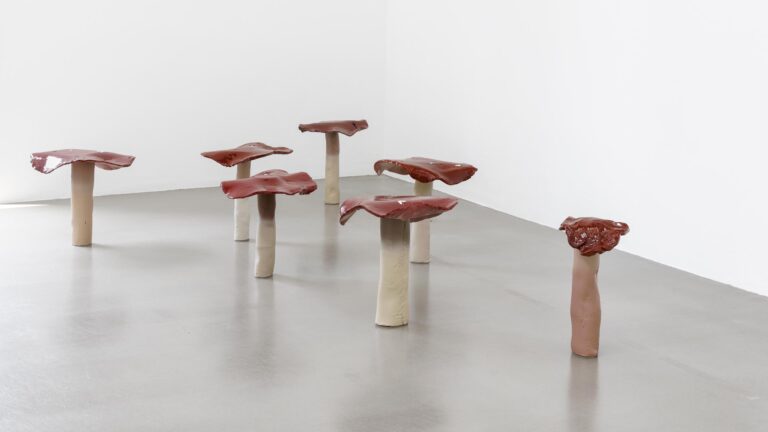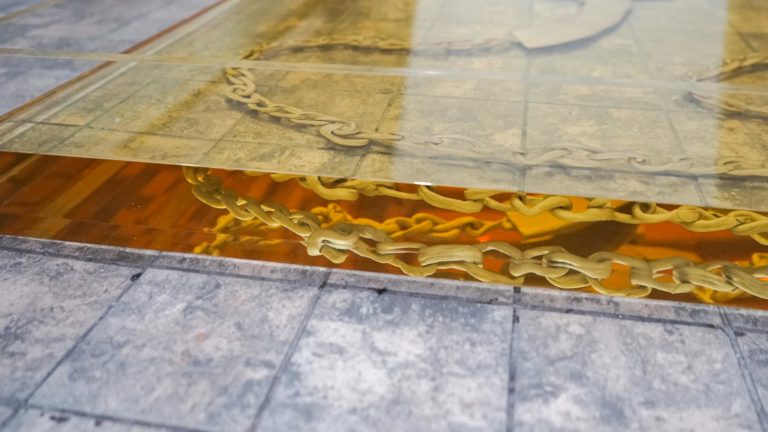Artist: Jens Kothe
Exhibition title: Element System
Venue: Berthold Pott, Cologne, Germany
Date: June 7 – July 6, 2019
Photography: all images copyright and courtesy of the artist and Berthold Pott, Cologne
The Shape of Things
Carina Bukuts
Many call the process of globalization levelling. A mode in which universality between different cultures can arise – for instance in the form of a standardized measure. While the majority of the world’s population oriented themselves to their own, national and regional units of measurement until the end of the 18th century, this soon changed with the definition of the meter and thus had a lasting influence on the world trade. In the middle of the French Revolution, astronomers Jean Delambre and Pierre Méchain were therefore sent out to measure the earth and to derive a new unit of measurement from the data: exactly the ten millionth part between the North Pole and the equator was to define the meter. Shortly after the meter was introduced as an international measure of length, however, it turned out that the astronomers had made a mistake in their calculations. They missed the exact distance between the equator and the North Pole by 0.2 millimetres. It is therefore hardly surprising that architect Le Corbusier considered the meter unsuitable and instead developed his own unit of measurement, namely the Modulor. While he accused the meter of arbitrariness, the Modulor was supposed to be oriented towards human proportions and thus have a decisive influence on the architecture and cities in which we live.
Jens Kothe’s exhibition ‘Element System’ at Berthold Pott Gallery is characterized exactly by this duality between body and norm. Although there is no attempt to establish a unit of measurement, Kothe has developed a modular system for the exhibition that could very well function as such. O.T. Elemsys I (2019) consists of twelve units of light nettle fabric, each with the same volume. In the gallery, the individual modules are stacked on top of each other using a suspension device, so their horizontal orientation stretches into the vertical and is thus reminiscent of panels. While this arrangement refers to the spatial dimensions of the gallery space, the installation as such is versatile. The system on which this work is based recalls modular architectural construction methods, which were mainly used in 20th century social housing models due to their flexibility and efficiency. The best-known example leads back to Le Corbusier with the Unité d’Habitation, which he gave in series production for several major European cities. But Le Corbusier’s strict systematic approach is not necessarily the common denominator with Kothe’s works – it is rather the reference to the human body.
With his interior-like works, Kothe constantly triggers a tactile desire in the viewer. Stronger than in Elemsys I, this can be seen in the benches that occupy the entire exhibition space. But in contrast to the original from the museum, which invites the viewer to rest, benches (2019) rejects the tired body. It may only be explored with the eyes. Heavy mortar seats, in which cut-outs of varying sizes have been made, weigh on two delicate wooden legs. Kothe has fitted various upholstered latex forms into these, recalling enlargements of skin particles or even entire skin flaps. While the clear visual reference to the human body is captivating here, the integrated cotton wool and artificial furs in bench IV (2019) provoke an even stronger desire for a tactile experience. In addition, a yellow net is stretched over the cotton padding. Similar to a mesh shirt, which emphasizes the muscles of the torso instead of concealing them, the use of the mesh structure here also enforces the volume of the sculpture.
It is precisely this combination of different material qualities that creates a tension in “Element System” which oscillates between hardness and softness, between the organic and the industrial, locating the human body in the midst of these contrasts. But this state also bears the potential to be more than the struggle between these two opposing forces: “Consider: There is no division of humanity into strong and weak halves, protective/protected, dominant/submissive, owner/chattel, active/passive. In fact, the whole tendency to dualism that pervades human thinking may be found to be lessened, changed.” Ursula Le Guin proposes a complete abolition of man-made dualisms, and perhaps this is what it takes to really know what the measure and shape of things are. Until then, Jens Kothe has developed a practice that probably comes closest to Justus Köhncke’s idea of ‘soft fences’: a levelling of antagonisms.
[1] Ursula Le Guin, The Left Hand of Darkness, 1969







































